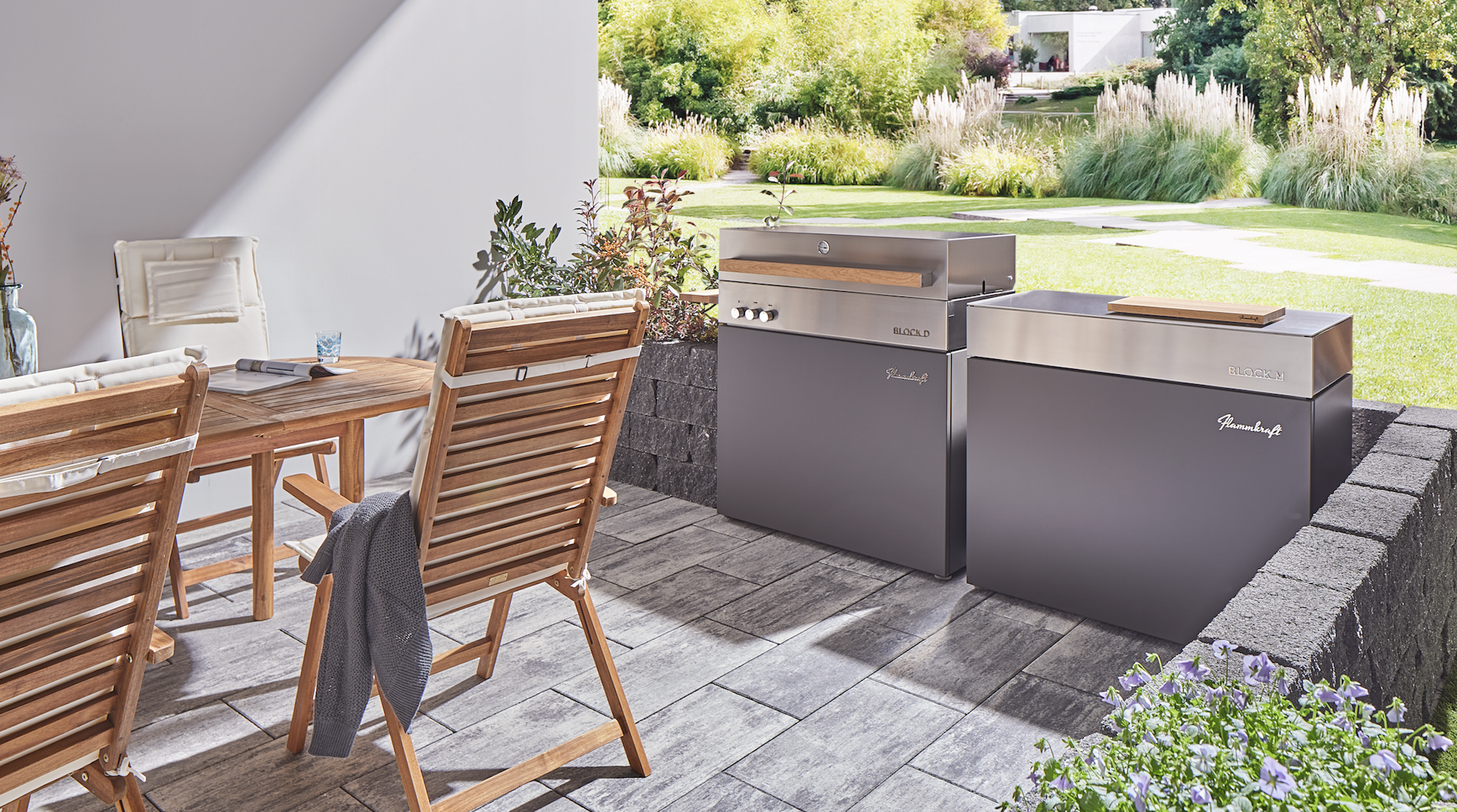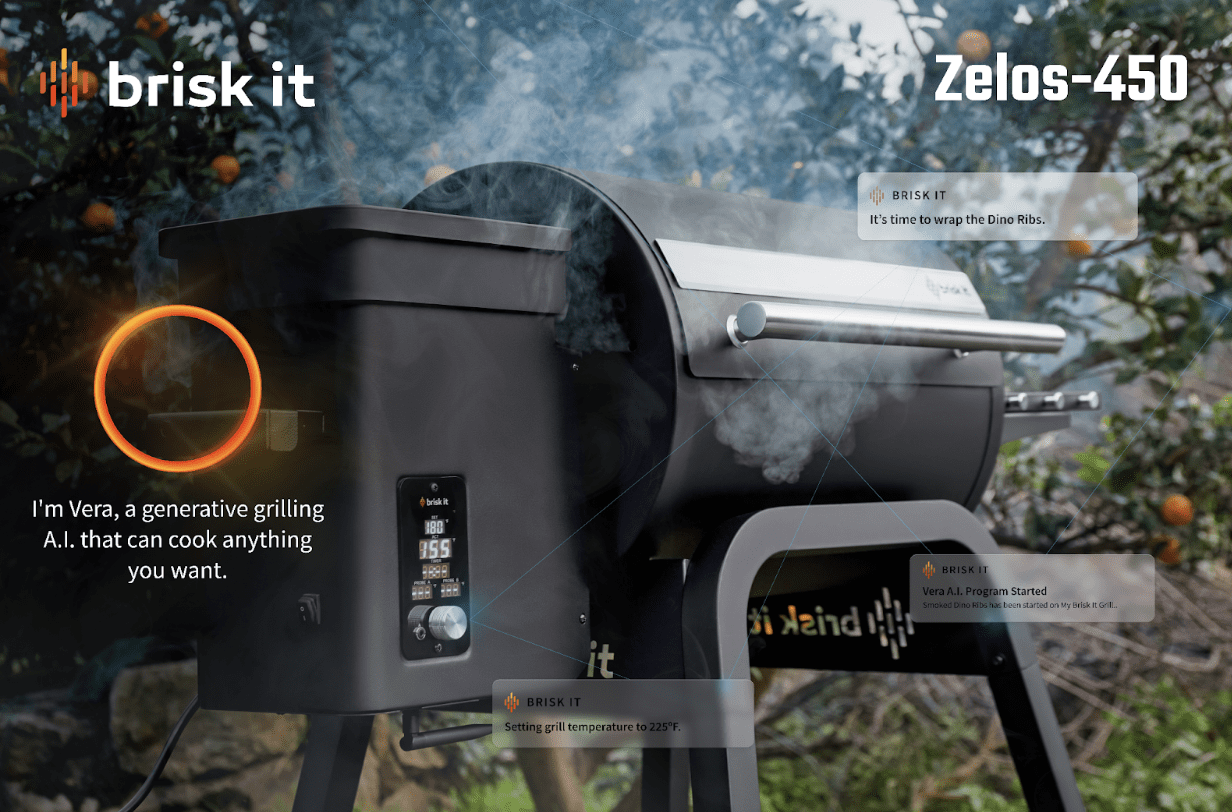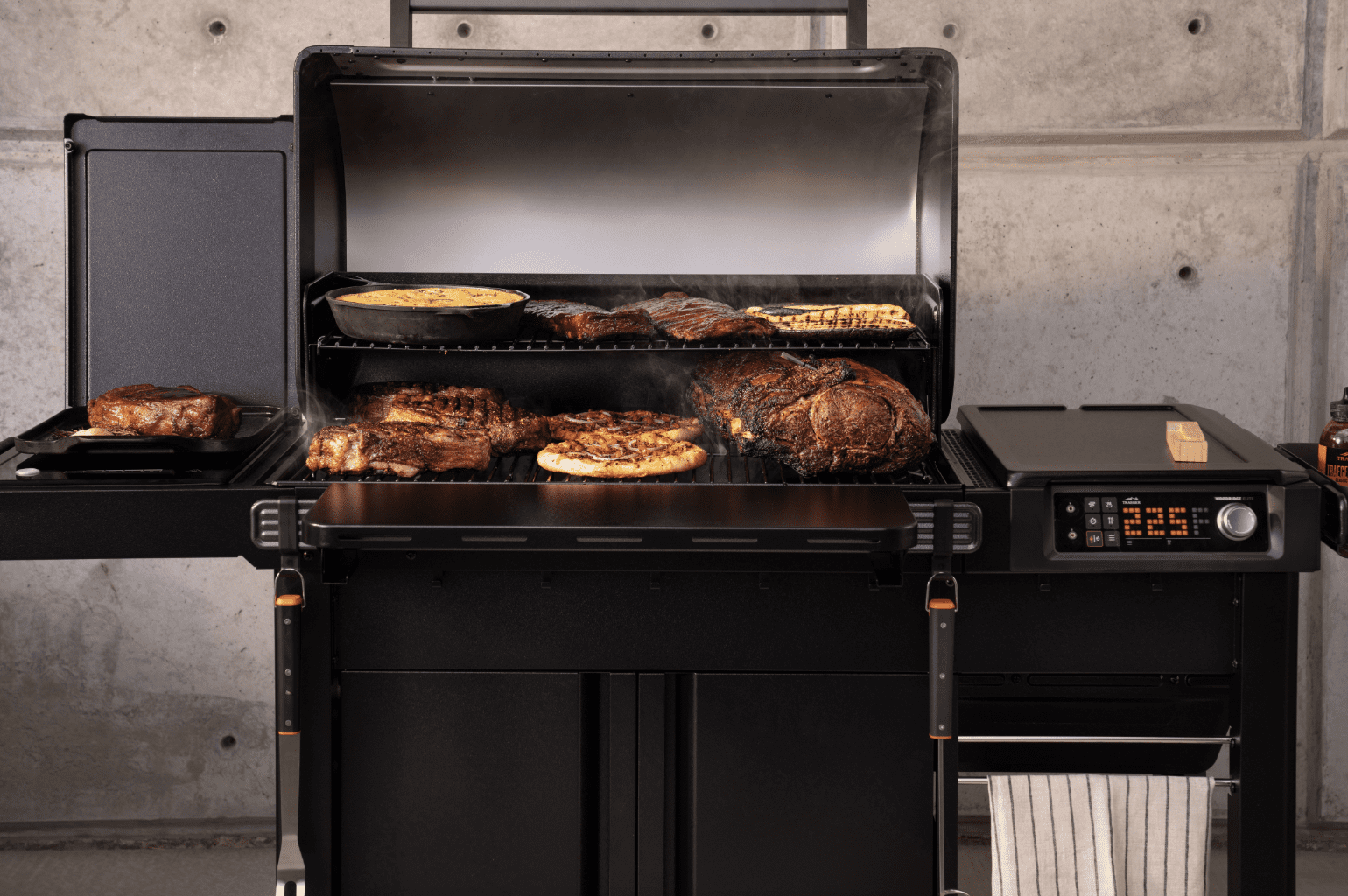Traditional grills “can’t match” the capabilities of infrared ceramic burners. Knud Augustin, Founder of Flammkraft, tells us how else luxury BBQs differ from conventional models.
When many of us are considering our first barbeque or grill, typically, we pick up something small and compact that will last us for a few years.
I rigged up my first ‘smoker’ using a basic, barrel BBQ, a few tools, and some persuasion, but it was only a few months before I started saving for a Masterbuilt – and a business was born.
The global barbeque grill market size was valued at $5.28 billion in 2024 and is expected to grow at a CAGR of 5.1% from 2025 to 2030. It’s big, expanding, and as such, new innovations, technologies, and materials are revolutionizing the outdoor cooking experience.

I took the time to chat with Knud Augustin, CEO and founder of Flammkraft, about how premium barbeques and grills fit into this growing industry and whether there is a market for grills that can cost thousands of dollars.
Flammkraft, a premium grill manufacturer located in Germany, prides itself on using quality materials including ceramic and stainless steel.
You may have heard of the Model D, an aesthetically pleasing grill capable of temperatures between 167°F and 1650°F. It has direct and indirect heat zones, an integrated wind deflector for improved temperature control, and stainless steel cast grates.
The fuel options are propane or butane, and customers can pick from various colors (from taupe to ruby or black), a design aspect almost unheard of in the BBQ and grilling world.
The firm’s products are available worldwide, with stockists dotted around the United States.
But just how important are aesthetics and materials to consumers today?
I asked, “When people think of luxury BBQs and high-end grills, what key features or benefits do you believe justify their premium price?”
“A premium BBQ is more than just a grill – it’s an investment in quality, performance, and long-term enjoyment,” Knud told BBQ Tech. “One of the biggest differences is in the materials used as well as their thickness.”

“High-end grills are typically made from stainless steel or other durable materials that resist rust and wear, ensuring they last for years, even when exposed to the elements. The construction quality also extends to components like burners, grates, and ignition systems, which are built to perform reliably over time. […] For example, Flammkraft’s lid and firebox are fully welded rather than pressed or riveted, ensuring superior durability and craftsmanship.”
“Versatility also plays a role,” the CEO added. “While lower-end models might be designed for straightforward grilling, high-end BBQs allow for everything from searing and roasting to slow-smoking and baking.”
We also touched upon the technological aspect of new grill designs found in luxury BBQs. Many of us spend years refining our recipes and grilling techniques, and for some, adding precision to their cooking is of real importance. According to Knud:
“Precision cooking is key, and premium models often feature advanced heat distribution, better temperature control, and innovative burners that allow for a wider range of cooking styles. Flammkraft, for example, uses only infrared ceramic burners to deliver incredibly high and consistent heat with even distribution. The arrangement of the burners is uncommon compared to other devices and allows maximum variability with different heat zones and direct as well as indirect grilling.”
The ceramic nature of the Block D grills is likely of interest to many of us used to traditional materials. According to Flammkraft, utilizing ceramic burners and gas instead of charcoal or pellets can change the cooking performance – not to mention you can reach temperatures of up to 1650°F (900°C).
“Infrared ceramic burners offer a level of precision and power that traditional grills simply can’t match,” Knud commented. “Unlike conventional gas or charcoal grills, which rely on convective heat that can be inconsistent and slow to build up, infrared burners heat up almost instantly and distribute heat evenly across the cooking surface.”
“The radiant heat from the burners covers the entire surface of the grates, while the convection of hot air surrounds the food, ensuring even cooking […] In the roasting zone, extreme temperatures of up to 900°C can be reached — ideal for searing, as they lock in moisture and create a flawless crust on meats in a way that standard burners struggle to achieve.”
The rising costs of fuel may also impact purchase decisions in the grilling and barbeque spaces today, which, in turn, could be a deciding factor regarding luxury BBQs. Flammkraft claims their BBQs use less gas than other models, so I asked its CEO if sustainability is becoming a more significant factor in luxury outdoor appliances.
Knud said:
“Absolutely. Sustainability is increasingly influencing consumer choices, particularly in the luxury market, where buyers are looking for products that are efficient and built to last. Fuel efficiency is a key part of this. Infrared burners, like those used in Flammkraft grills, reduce wasted heat by directing energy straight to the cooking surface, meaning less gas is needed to achieve the same results. This not only lowers running costs but also minimises environmental impact.
Beyond fuel consumption, sustainability is also about longevity. A well-built grill that lasts for decades is far better for the environment than one that needs to be replaced every few years.”
So, all in all, what is pushing the luxury BBQs market forward? Backyard enthusiasts or homeowners looking to elevate their outdoor spaces?
“There’s a strong demand from both groups, and while their motivations might be different, they’re equally important in driving the market forward,” Knud says. “For serious cooking enthusiasts, the appeal is all about performance. They want precise temperature control, the ability to experiment with different techniques, and the best possible tools to achieve restaurant-quality results at home.
At the same time, there’s a growing trend of homeowners investing in stylish, well-designed outdoor spaces, where a high-end BBQ is as much about aesthetics as it is about cooking. For this audience, a premium grill isn’t just about what it can do – it’s about how it fits into an outdoor kitchen or entertainment area.
Ultimately, the best luxury BBQs cater to both groups.”




